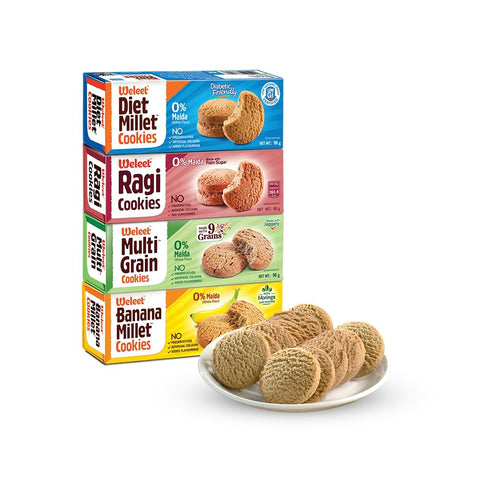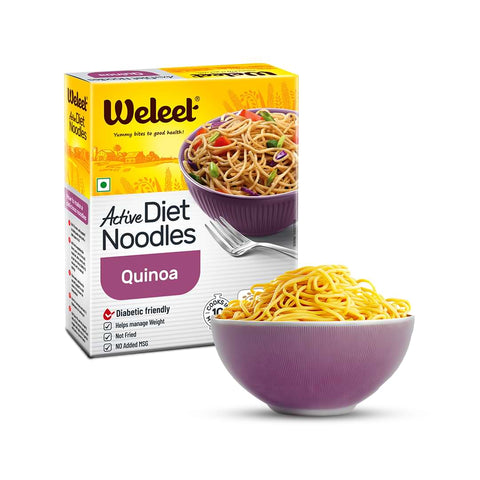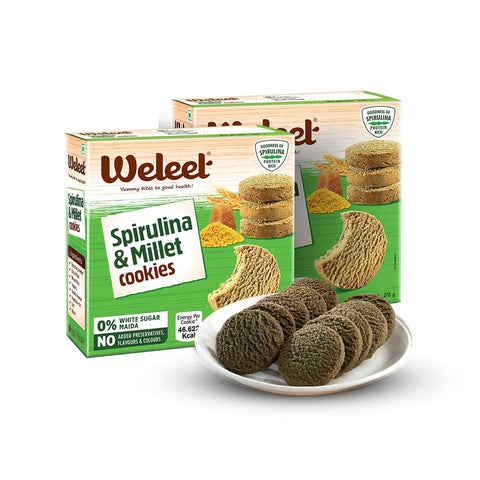Low GI Food
Are you trying to incorporate a list of low-glycemic foods into your diet? And a list of high-glycemic foods to stay away from? You’ve arrived at the right location. Let’s examine the distinctions between these two food categories and what they mean for your health first.
It might surprise you to hear that there are other ways to benefit from a low-glycemic diet besides avoiding high-glycemic foods.
Low Glycemic Index Foods For Diabetics
Foods are ranked using the glycemic index, which measures how they affect blood sugar levels.
It looks at how fast blood sugar goes up after eating food with carbs compared to pure glucose. Pure glucose gets a score of 100, which is the highest score.
Common foods with a GI value that contain carbohydrates are:
-
Bread
-
Pasta
-
Cereal
-
Crackers
-
Milk
-
Yoghurt
-
Cheese
-
Some vegetables
-
Fruits
-
Beans
-
Peas
-
Lentils
-
Jams, jellies, syrups
-
Nuts
-
Seeds
-
Soda
-
Juice
-
Quinoa
-
Brown Rice
-
Oatmeal
Understanding How GI Ranking System from High to Low
GI ranking generally showed Low GI, Moderate GI and High GI
Low GI: Score of 55 or less
Moderate GI: Score of 56–69
High GI: Score of 70+
The Glycemic Index plays a crucial role in determining the rate and extent to which carbohydrates from foods are digested and enter the bloodstream. Various factors influence this metabolic process, such as –
-
Amount and type of carbohydrate (fibre reduces GI, sugar increases GI)
-
Fat
-
Protein
-
Form of food (liquid vs solid)
Nutrients such as fat, fibre, and protein play a role in slowing down the digestion process. Foods rich in these components lead to a gradual increase in blood sugar levels, resulting in a lower glycemic index (GI) score. It’s noteworthy that items like nuts and seeds, which encompass all three elements (fat, fibre, and protein), tend to have a lower GI score.
Conversely, sugar undergoes rapid digestion, contributing to an elevated GI score. Whether present naturally or added, sugar in food has an impact on increasing the glycemic index.
How Low Glycemic Diets are Good for Health
Studies reveal that eating a diet high in low-glycemic foods has several health advantages, such as
-
Rapid weight loss
-
Blood sugar and insulin normalization
-
Reduction in triglycerides
-
Improvements in blood pressure
What is a Low Glycemic Food
Low GI foods take longer to digest and absorb, which causes blood sugar levels to rise gradually but steadily. Legumes, whole grains, most non-starchy vegetables, and some fruits are examples of low-glycemic index foods.
Few Low Glycemic Foods List
Raw fruits, vegetables, beans, nuts, and seeds in their unprocessed state have a low glycemic index for diabetics.
Carbohydrate-free foods are not categorized in the glycemic index, but they naturally have minimal impact on blood sugar levels as they don’t cause any increase.
-
Eggs
-
Chicken
-
Turkey
-
Oil
-
Lard
-
Butter
-
Ghee
-
Fish
-
Meat
Low GI Fruits
Almost all fruits have a lower glycemic index than other foods like cereals and crackers, which is something to keep in mind. Fruits with a GI of 55 or less include the following:
-
Strawberries
-
Blueberries
-
Blackberries
-
Raspberries
-
Cranberries
-
Kiwi
-
Pomegranate
-
Apples
-
Pears
-
Banana
-
Mango
Are you surprised by bananas and mango? Both have low GI scores of 51, which is on the higher end of the low GI score designation (just shy of the 55 or lower cut-off). Their GI rises as they begin to ripen because they contain more natural sugars.
Low GI Vegetables
Vegetables are generally rich in fibre, making them generally low glycemic. However, there are exceptions such as potatoes. Peas, belonging to the bean family, and corn, categorized as a grain, are commonly associated with vegetables, even though they don’t fit the true vegetable definition and are therefore excluded from consideration here.
Non-starchy vegetables, with minimal carbohydrate content, are often overlooked in glycemic index (GI) analysis. This is because they contain primarily fibre, which does not contribute to a significant increase in blood sugar. Examples of these low glycemic, non-starchy vegetables include:
-
Leafy greens
-
Peppers
-
Tomatoes
-
Fresh herbs
-
Onions
-
Garlic
-
Cauliflower
-
Broccoli
-
Cabbage
-
Zucchini
What about other vegetables?
-
Carrots
-
Spaghetti squash
-
Butternut squash
What is a High Glycemic Food?
Foods that digest quickly and raise blood sugar (glucose) levels quickly. Foods in this category typically include carbohydrates that are low in protein, fibre, or fat.
-
Juice
-
Soda
-
Bread (white and wheat)
-
Most crackers
-
Bagels
-
Cakes
-
Doughnuts
-
Packaged breakfast cereal
-
Soda
-
Rice (brown and white)
-
Instant oatmeal
-
Honey
High GI Fruits
High glycemic index (GI) fruits can cause a rapid spike in blood sugar levels. It’s advisable for individuals, especially those with diabetes or those aiming to manage their blood sugar levels, to be mindful of their fruit choices. Some high-GI fruits include watermelon, pineapple, and ripe bananas.
-
Pineapple
-
Grapes
-
Ripe banana
High GI vegetables
Certain vegetables have a higher glycemic index (GI) compared to others. GI measures the rate at which food elevates blood sugar. While it’s often associated with carbohydrates, vegetables with a higher GI can still be part of a balanced diet.
-
White potatoes
-
Red potatoes
-
Parsnips
Quickly Reduce the Glycemic Effect of Food by Including Protein, Fibre, or Fat
Blending different foods can help moderate the speed at which blood sugar levels increase. For instance:
-
Incorporating natural peanut butter (rich in fat, fibre, and protein) into a smoothie or a bowl of instant oatmeal.
-
Enhancing a baked potato with Greek yoghurt for added protein.
-
Combining regular rice with cauliflower rice boosts fibre intake.
Favour Low GI Foods for Optimal Health
The evidence strongly supports the notion that prioritizing the consumption of low-GI foods contributes to overall well-being. This practice is easily achievable, considering the abundance of low GI options available. By opting for whole, unprocessed foods, you naturally align with the low GI category. If uncertain, incorporating sources of fat, fibre, or protein can further diminish the glycemic impact.













